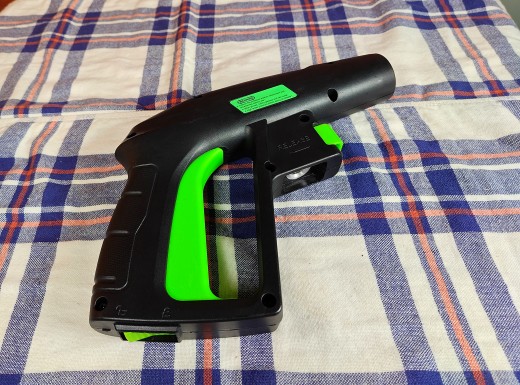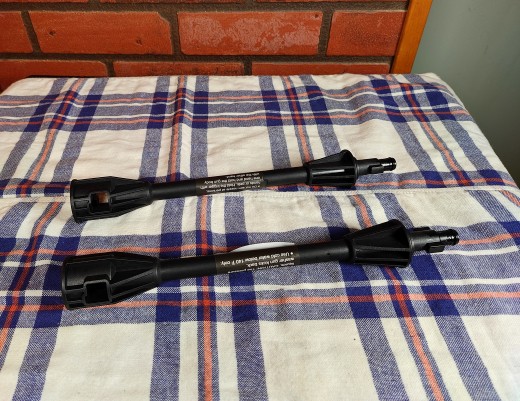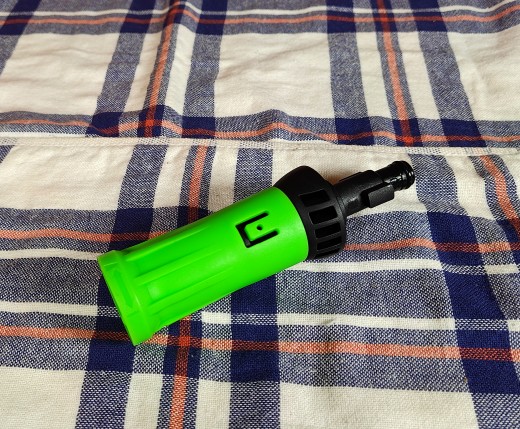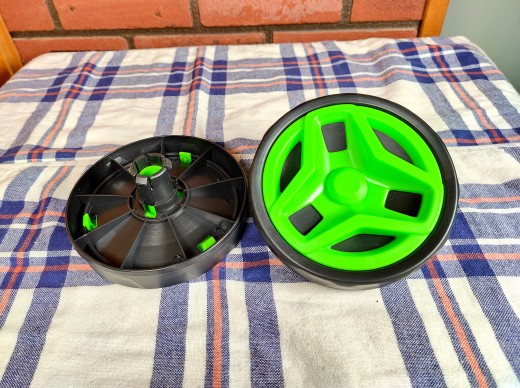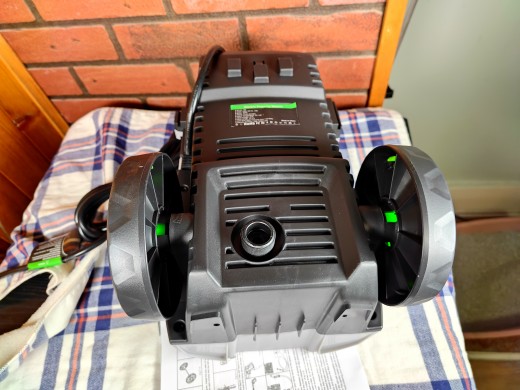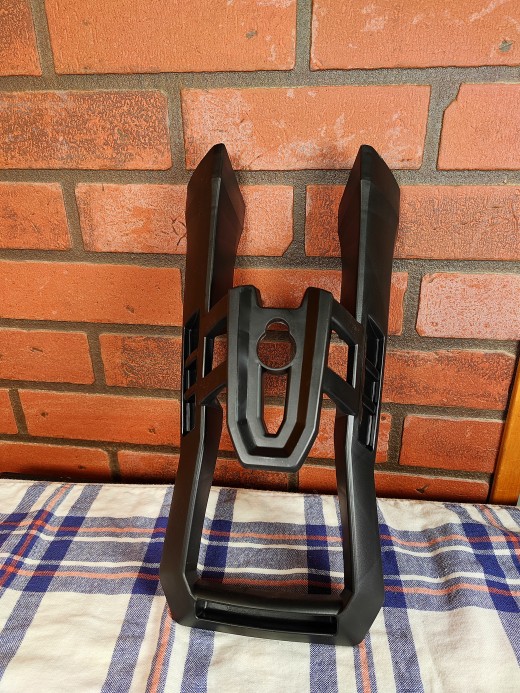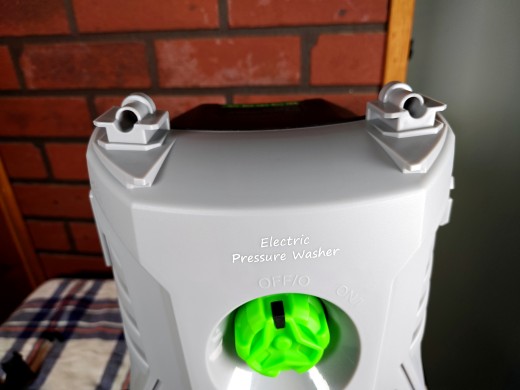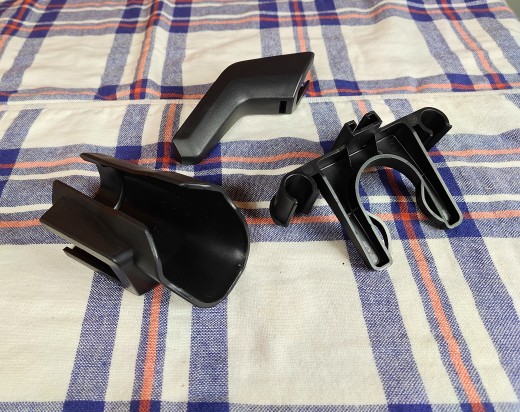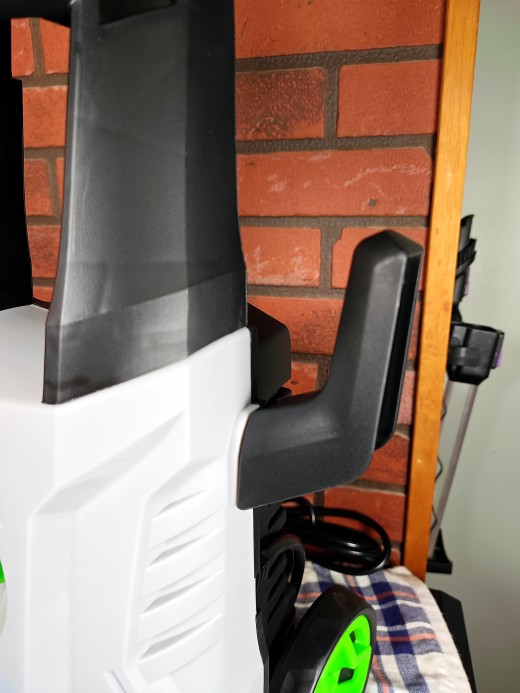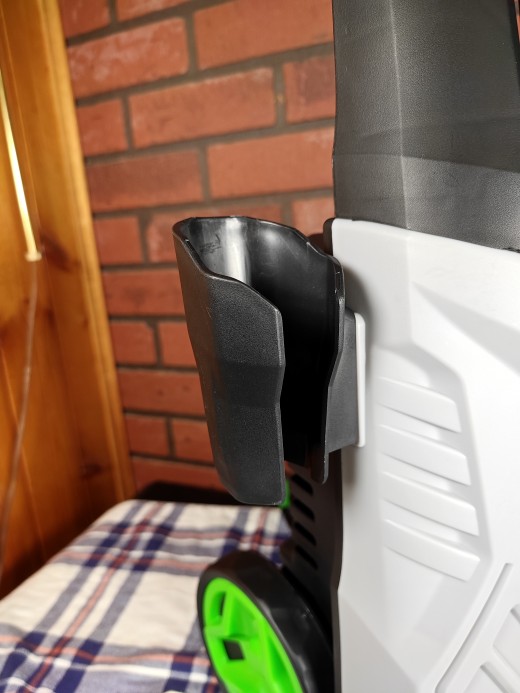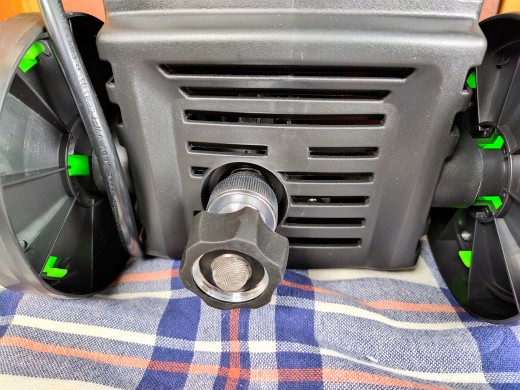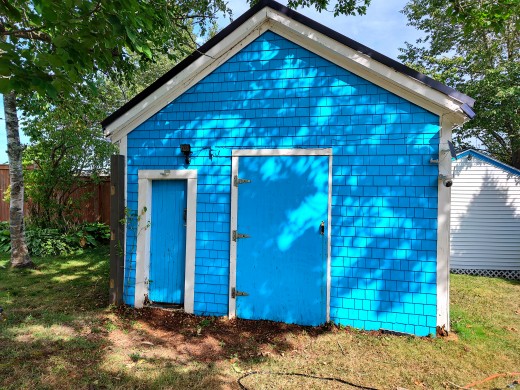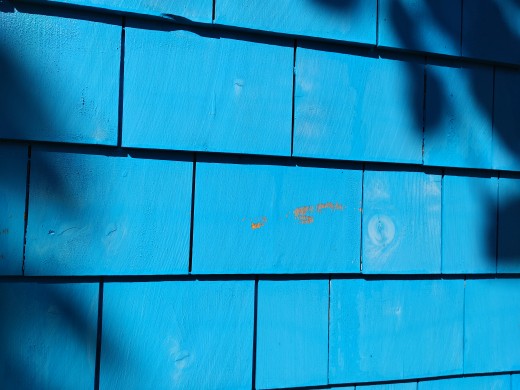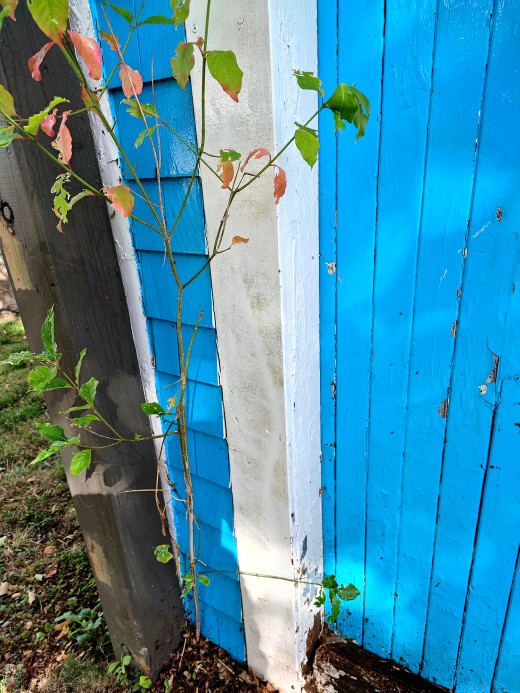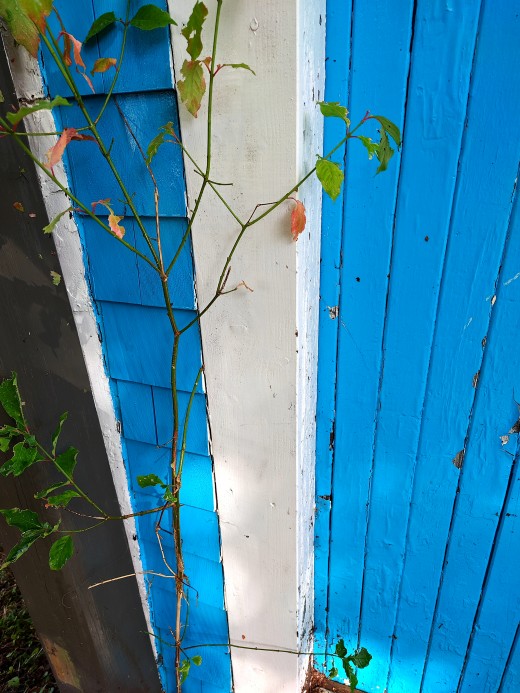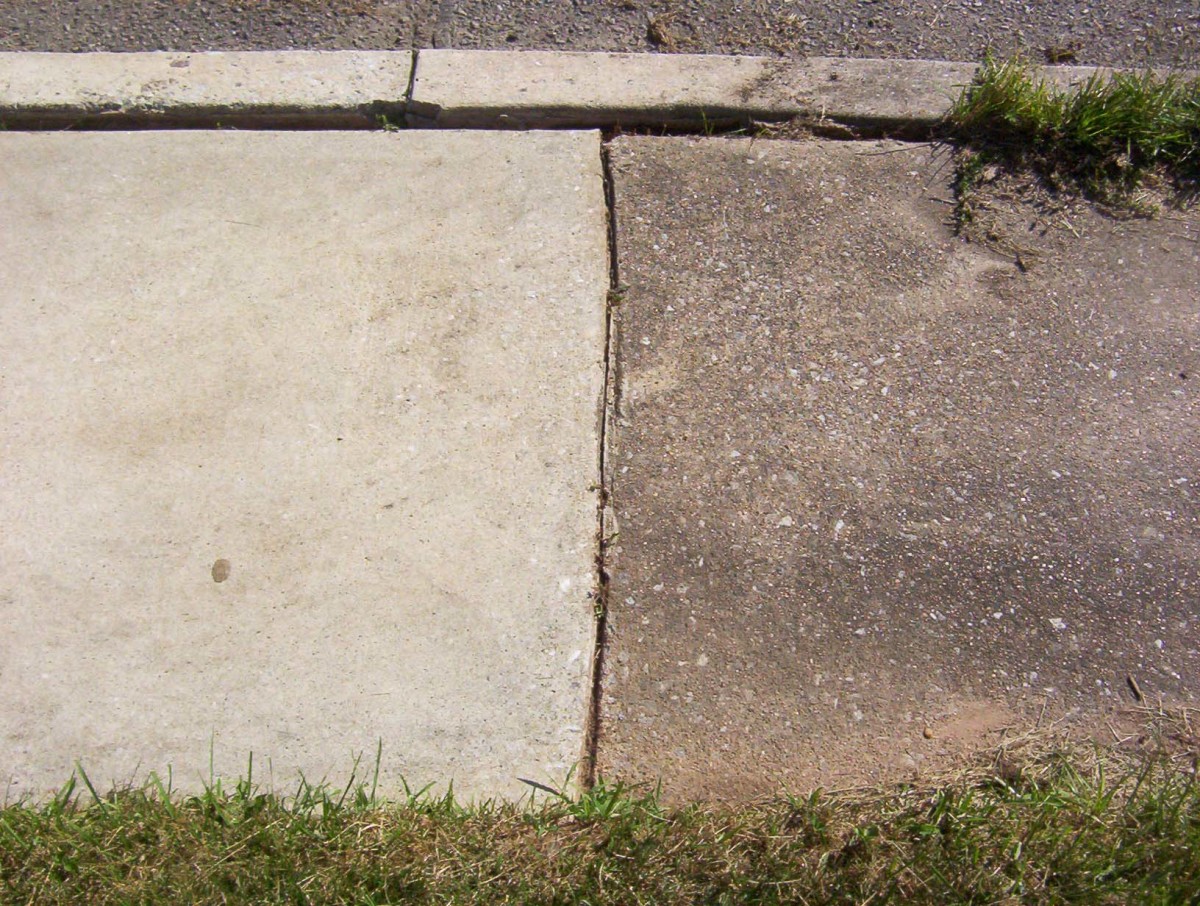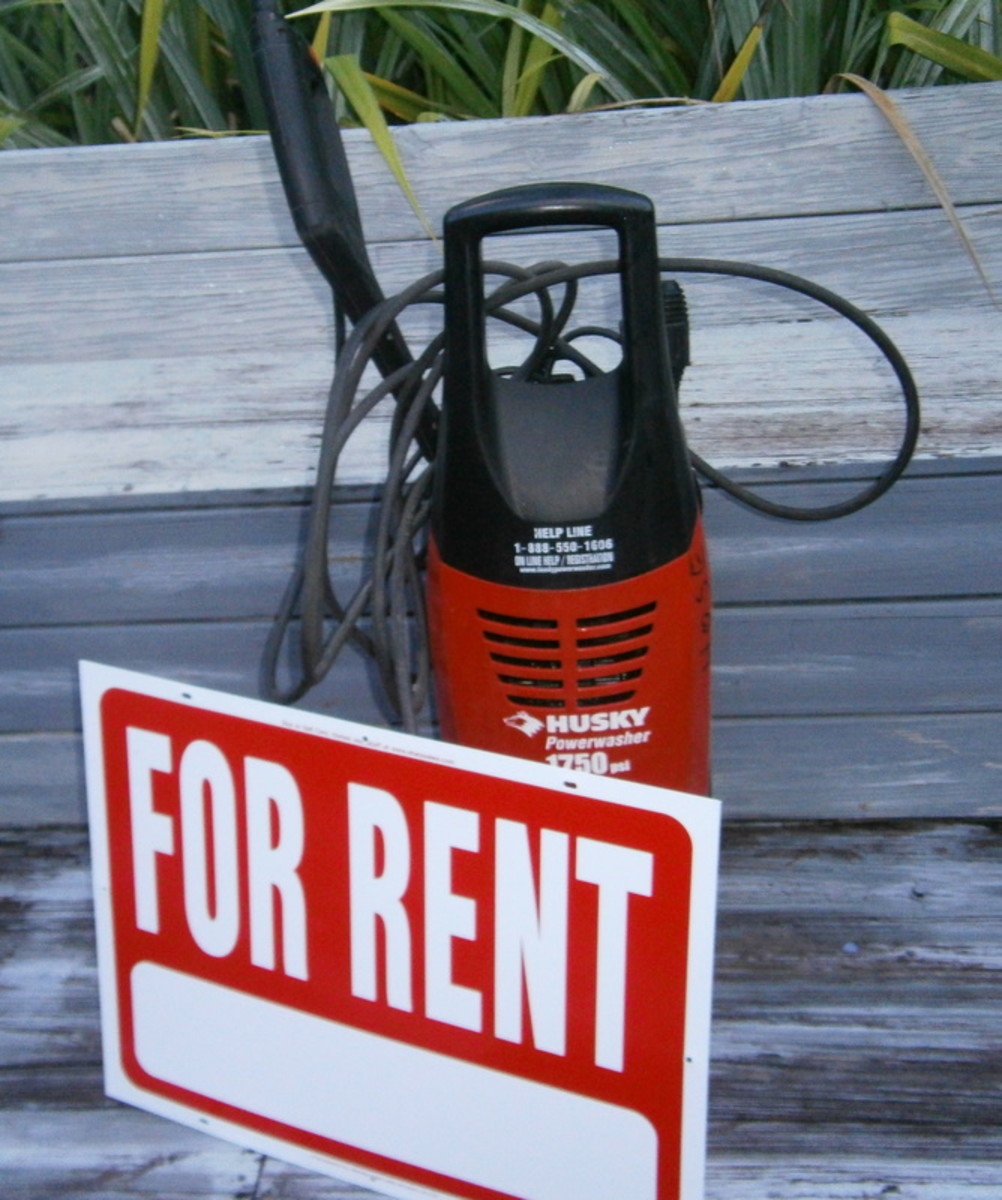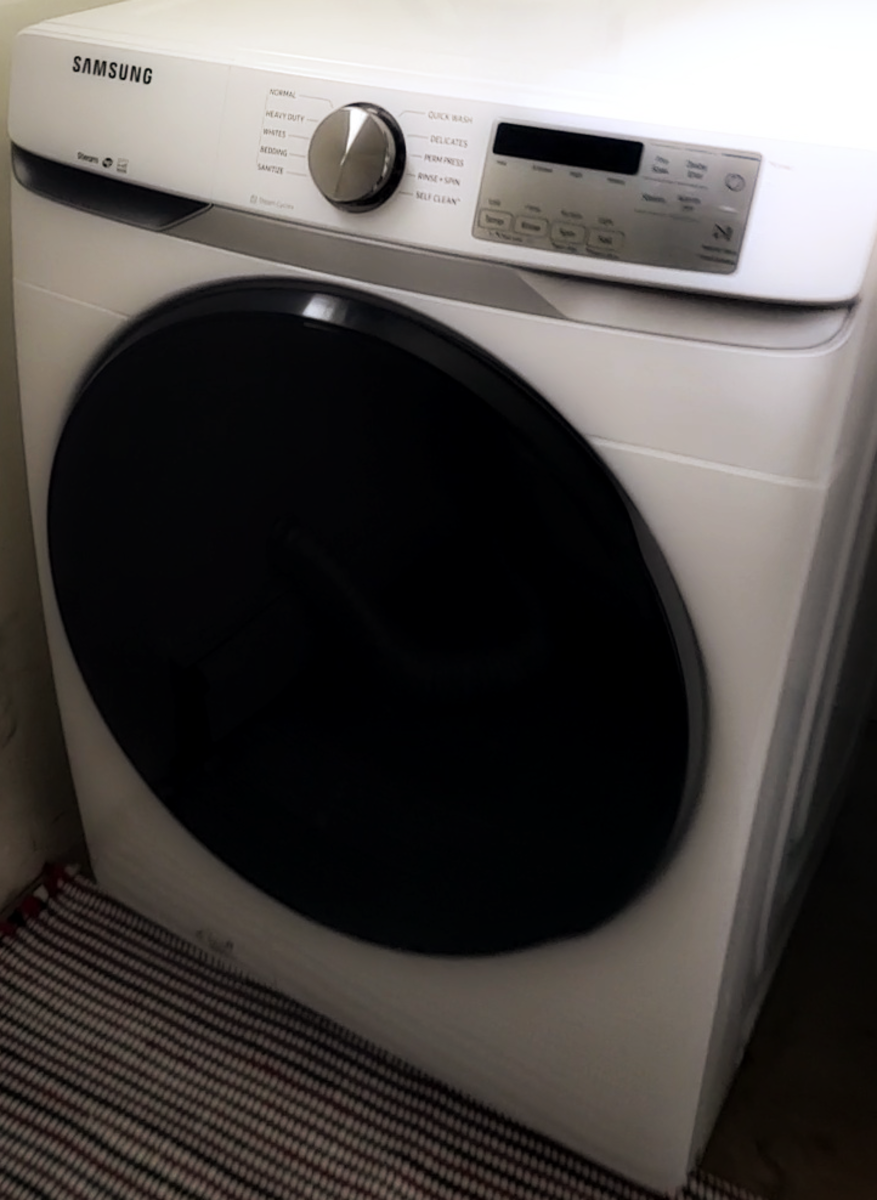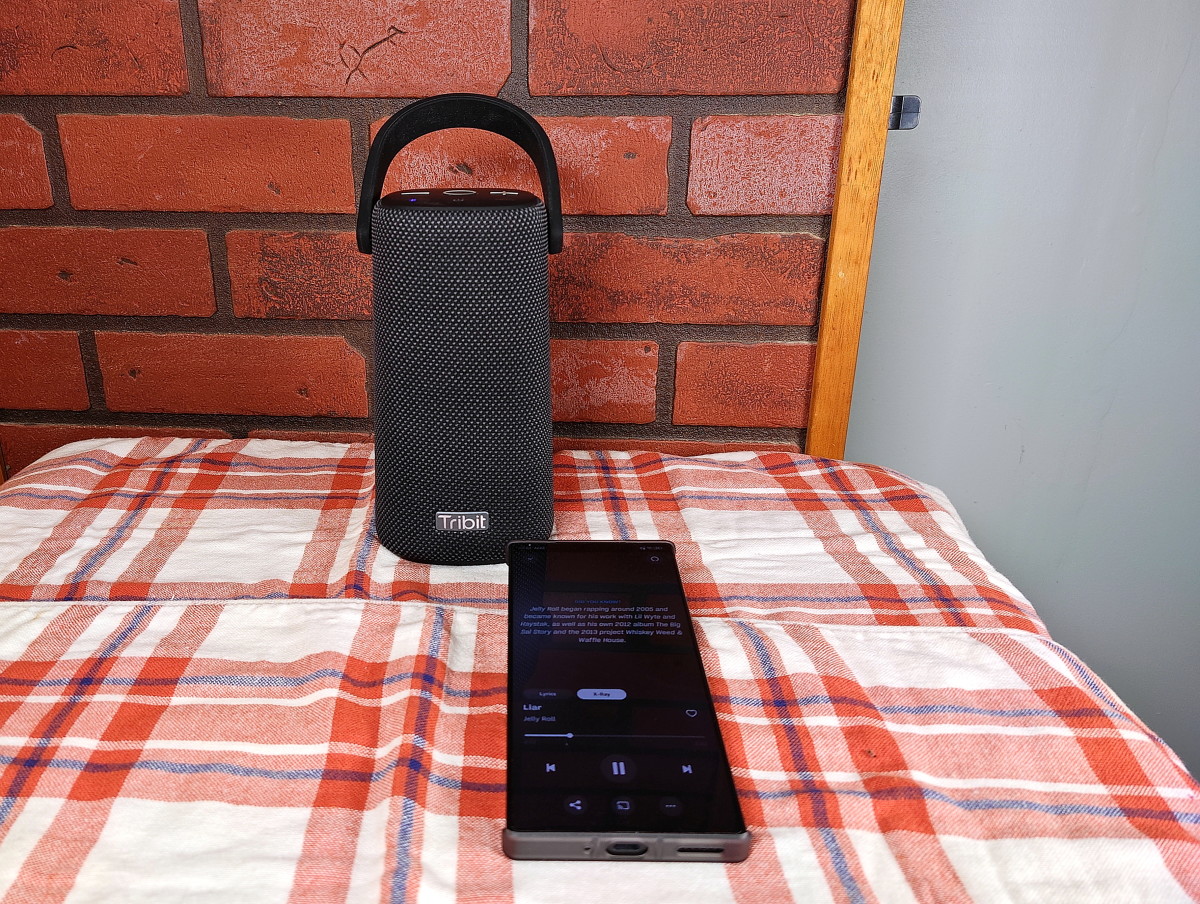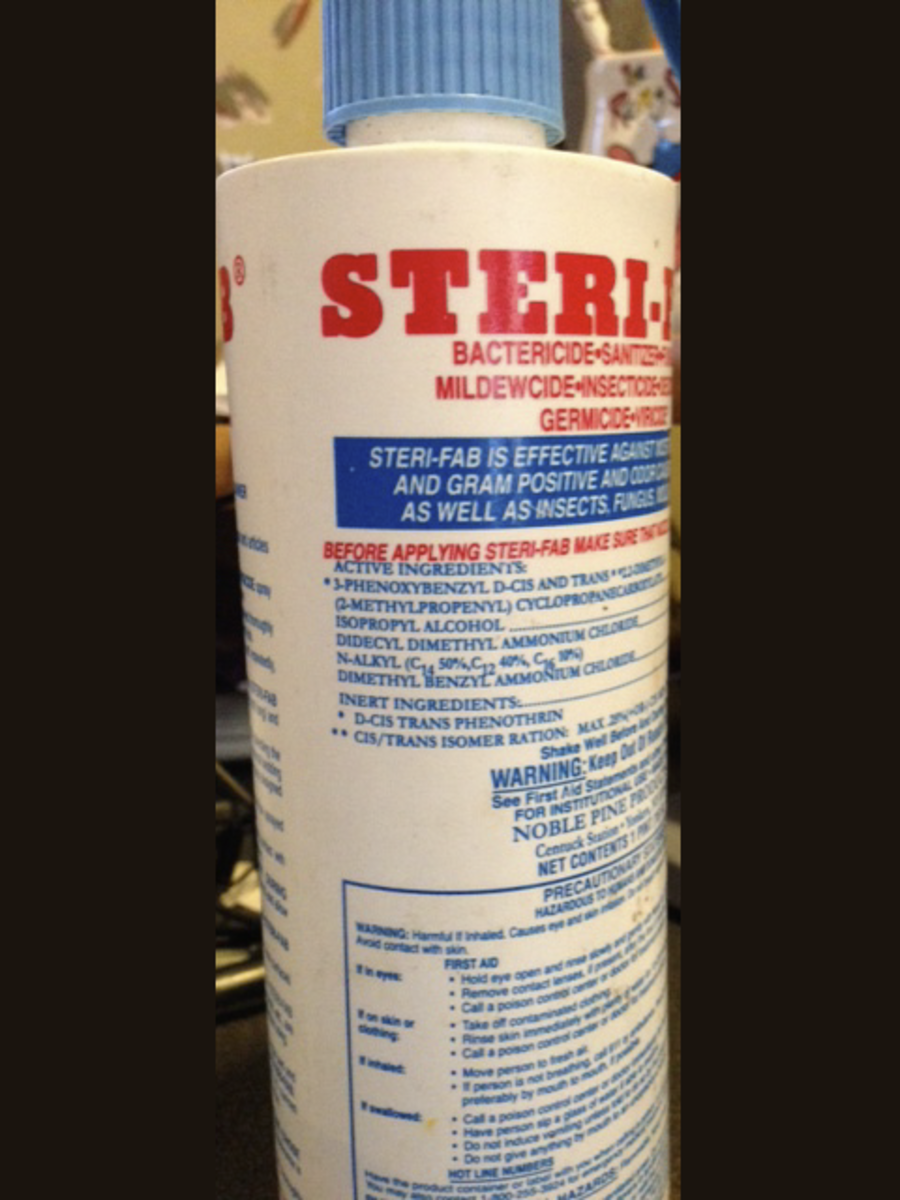Review of the Patoolio W6 Pressure Washer
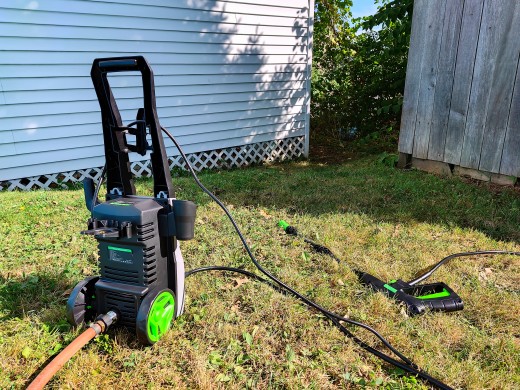
The Paint Project
I used to scrape, prime, and paint the cedar-shingled outside walls of my house every five years.
Since this was one task I truly hated, I eventually hired a contractor to complete the job. His first step was to blast away at my walls with a professional-grade pressure washer, quickly removing every trace of paint clinging to the shingles. The resulting paint job still looked good ten years later.
Today, I am reviewing a similarly styled but far less expensive pressure washer designed for the homeowner. While this unit lacks the power to peel multiple layers of paint from my walls, it should be able to blast away the accumulated dirt and grime.
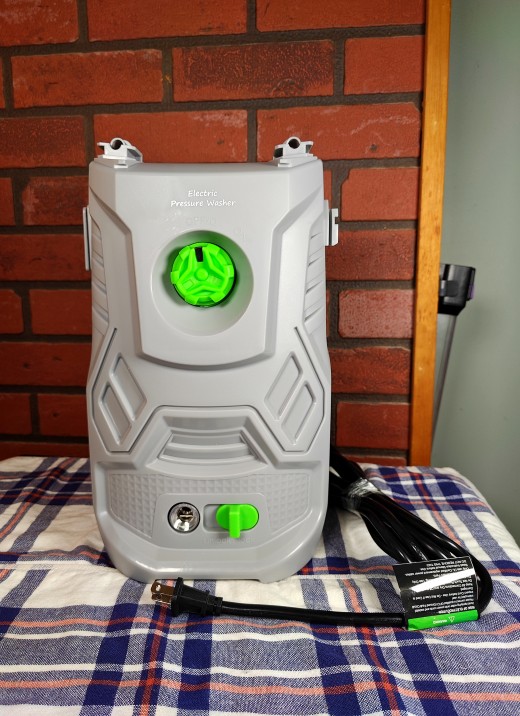
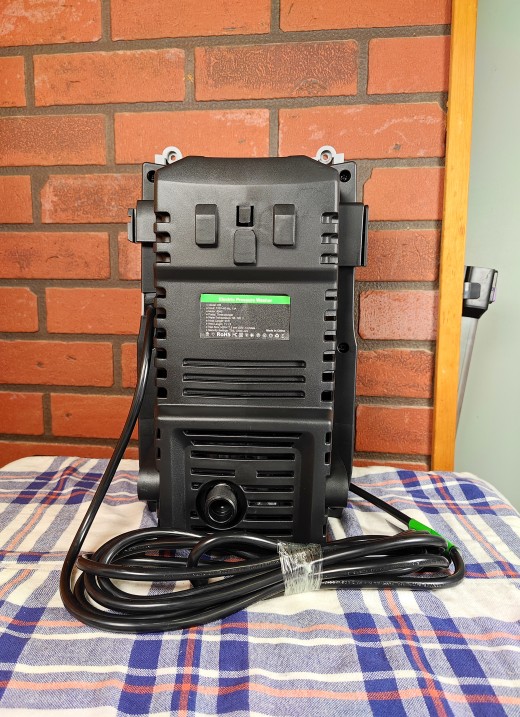
Description
The gray and black colored Patoolio W6 power washer weighs only 13.86 pounds. It is 17.3 inches high, 7.9 inches wide, and 13.3 inches deep.
According to the manufacturer, this device can output up to 2.6 Gallons Per Minute with a maximum PSI of 4200.
The front face of this unit is fitted with a power switch and an output used to attach the power washer’s 23-foot high-pressure hose.
The power cord and an input for connecting a standard water hose are located at the back. Also included is a bracket designed to hold the unit’s two extension wands and foam sprayer attachment.
A holster accommodating the spray gun, and a plastic extension to which the power cord can be stored, jut out from either side of the power washer. Hovering above is the black plastic handle, which incorporates a rack for storing the high-pressure hose.



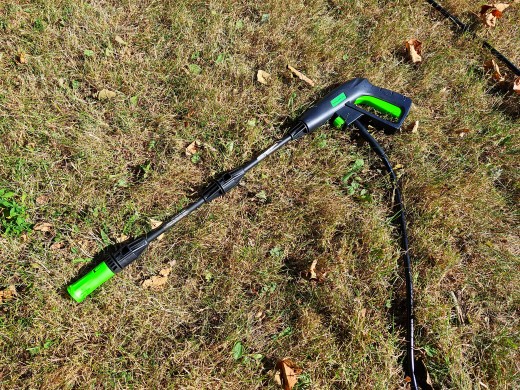
Specifications
- Brand: Patoolio
- Model: W6
- Name: Pressure Washer
- Power source: AC
- Gallons per minute: Up to 2.6 GPM according to the manufacturer
- Pressure per square inch: Up to 4200 PSI according to the manufacturer
- Weight: 13.86 pounds
- Dimensions: 17.3 x 7.9 x 13.3 inches
- Power cable length: 10 feet
- Pressure cable length: 23 feet
- Hose attachment: Yes
- Spray angle and pressure: Adjustable
- Gun attachments: Two extenders and a high-pressure nozzle
- Storage accommodations: For power cord, hose, gun, and other attachments
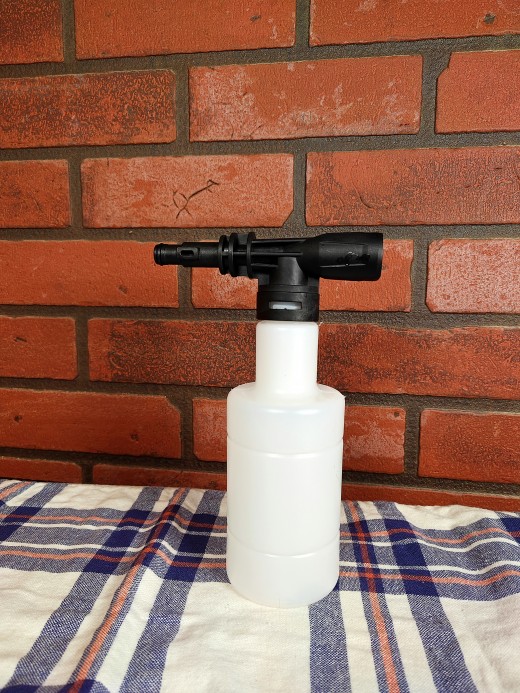
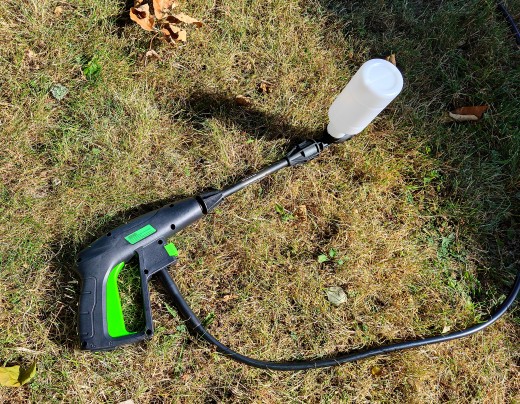
Main Usage
This small and inexpensive power washer is ideal for cleaning vehicles, driveways, patios, and decks. It can also competently clean the outside walls of garages, sheds, and other one-story buildings.
Construction
While not as robust as some of its more expensive competitors, quality control appears to be good. My only quibble is the plastic input that the hose adaptor screws onto. Once the adapter is attached and tightened, I recommend leaving it in place to prevent the threads from stripping.


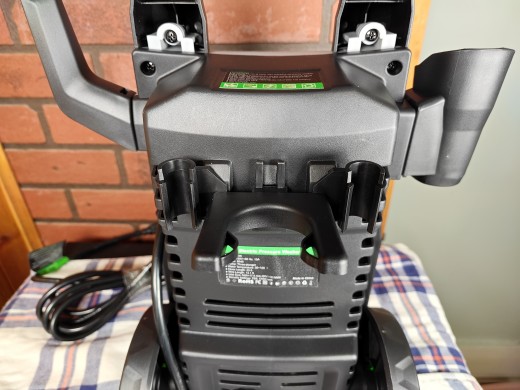
Setup
I screwed on the handle and pushed the plastic wheels, gun attachment, power cord holder, and gun accessory attachment into place. Then I screwed on the hose adapter.





Preparing to Power Wash
After lugging the lightweight unit outside, I attached a pair of 50-foot extension cables to the device’s power cord and connected the system to an AC receptacle. This provided the range required to reach completely around my house.
I then connected two 50-foot garden hoses to the power washer’s hose adapter and turned on the water supply. Once water was available, I disengaged the power washer gun’s safety interlock and pressed its trigger. Water flowed out, expelling any air trapped within the machine.
The high-pressure nozzle must be attached to the gun. To increase the range of the spray, I first added the pair of plastic extenders. My final step was to turn the unit on.


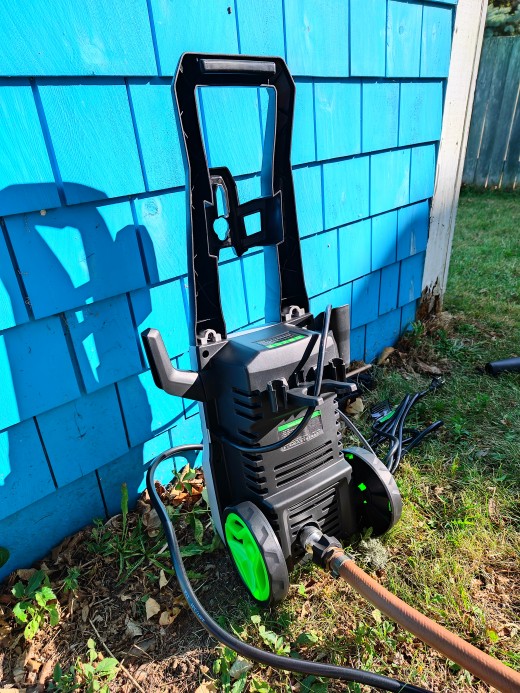
Cleaning the Fence
I selected the high-pressure nozzle’s strongest and most pinpointed setting and sprayed the unpainted surface of the wooden fence. My distance of two feet from the boarding proved to be too close, leaving a network of shallow grooves in the fencing. Rather than widening the output spray, I stepped backward and continued to clean the fence.
At first, no improvement was noted. However, after the boards dried, they proved to be cleaner and a couple of shades lighter.
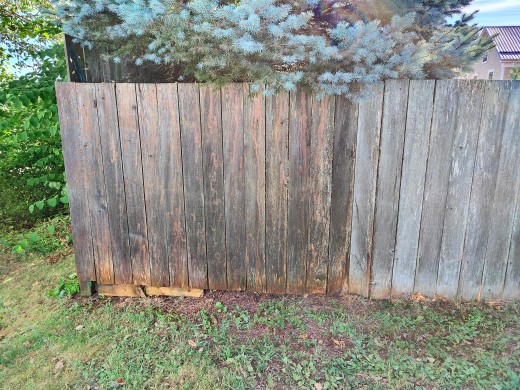
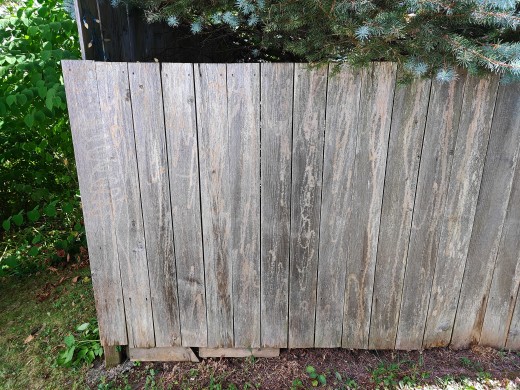
Washing the Garage
Since the eaves of the garage reach 12 feet in height, I kept the output set at the narrowest spray. The water pressure hitting the eaves was minimal but proved sufficient to clear away the dust and dirt.
As I worked downward, the force of the spray became stronger, and I could clean away the stains marring the paintwork. Eventually, I moved in too close, and a few flakes of paint were loosened and swept away by the stream. I alleviated this problem by widening the spray angle.




The Cement Test
I blasted away at a cement block used to support my back steps. The loose dirt covering the block was quickly whisked away, but the stubborn embedded stains were not so easily handled. If I had first sprayed the block with soapy foam, I would have achieved better results..
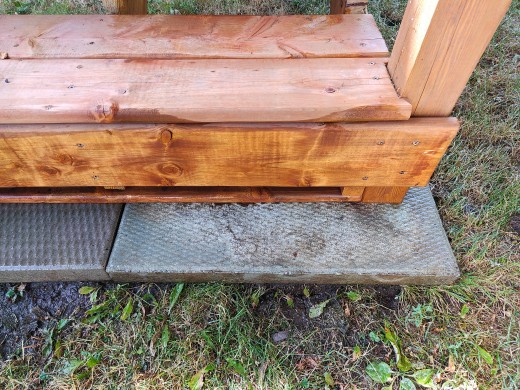
Washing My Motor Scooter
I removed the two extensions, leaving only the high-pressure nozzle attached to the spray gun. Then, at the tightest setting, I tackled the bike’s rims, quickly removing an unpleasant combination of dirt and oil.
After switching to the widest spray angle, I washed the remainder of the bike. The entire task was completed within two minutes, leaving the scooter sparkling clean.

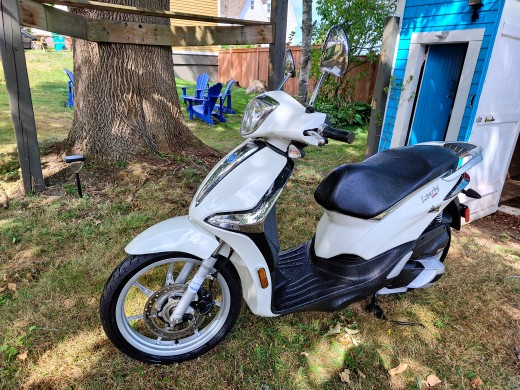
Cleaning My House’s Vinyl Siding
I stood below the highest section of my two-story house and sprayed upward.
Due to the washer’s pressure, the length of my arms, and the pair of extenders, I could effectively power wash to a point five feet above my head. The remaining pressure provided sufficient reach to rinse another two feet upward. To completely power wash this section of the house, I will need to purchase a ten-foot step ladder.
I started washing as high as I could at the strongest pressure setting. Then, as I worked downward, I slightly increased the spray width. This worked well.
My house is supported by a stone foundation with badly flaking paint. In this section, I widened the spray to maximum, stood further back, and slowly washed the stonework. This worked amazingly well, removing dust and dirt without tearing away the loose paintwork.

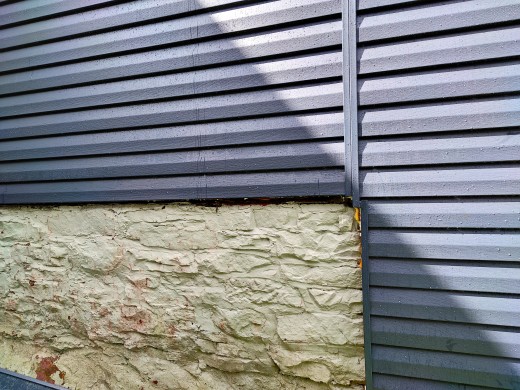
Overall Impression
This power washer is inexpensive, lightweight, and small enough to store in a tight corner. Quality control is good, and the device comes with all the accessories required except for an extension cord and a garden hose.
While not powerful enough to peel layers of paint prior to recoating your outside walls, it washes well and boasts enough pressure to power wash decks, patios, driveways, and one-story buildings.
This device performs its tasks quickly. I pulled it out of its box at eight o'clock in the morning. By one o'clock in the afternoon, I had washed my garage, a small section of fencing, my motor scooter, and all but the upper section of my house. The Patoolio W6 Pressure Washer is recommended.
This content is accurate and true to the best of the author’s knowledge and is not meant to substitute for formal and individualized advice from a qualified professional.
© 2025 Walter Shillington

